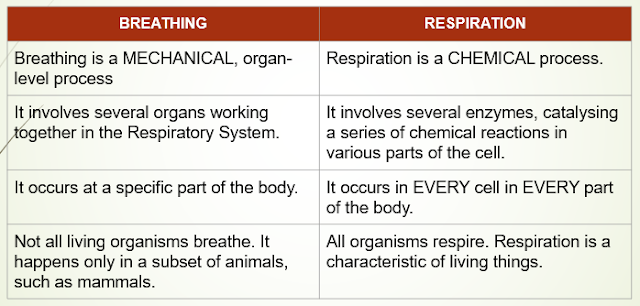CXC RULES FOR BIOLOGICAL DRAWINGS - CSEC LEVEL
Making drawings or diagrams is an important aspect of describing biological structures.
Correctly done drawings follow specific rules, as set by CXC. These rules reflect drawing conventions in the scientific world.
Here are examples of diagrams that follow these rules:
 |
| DIAGRAM OF TYPICAL ANIMAL & PLANT CELLS |
 |
| DIAGRAM OF A HUMERUS BONE |
Here are the rules:
- Use pencil only. That includes labels and title.
- Use clear, unbroken lines.
- Do not shade. However, stippling is allowed where absolutely necessary, such as distinguishing tissue layers that are very similar.
- Draw in 2D. That is only length and width. Not depth.
- Place title below drawing. It should be all capital letter and underlined.
- Label lines should end horizontally and be justified.
- Annotate labels wherever possible.
The following video demonstrates some of these rules, using the drawing of a leaf.
The following is an example of a CXC-style marking scheme that can be used to grade biological drawings. You can use this to evaluate your own drawings.



